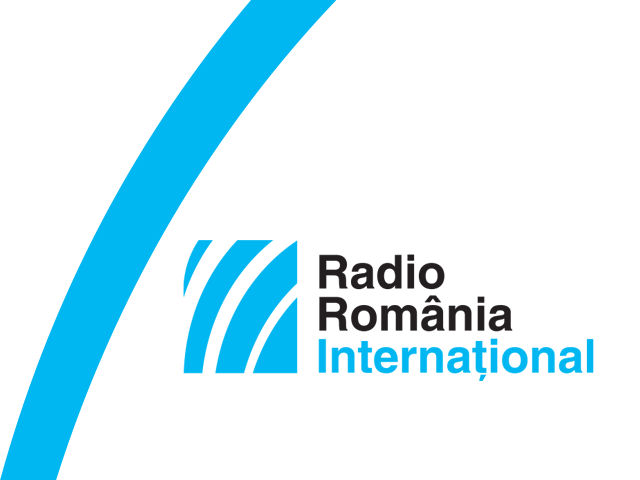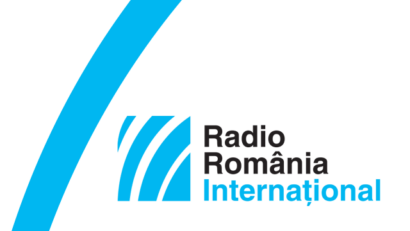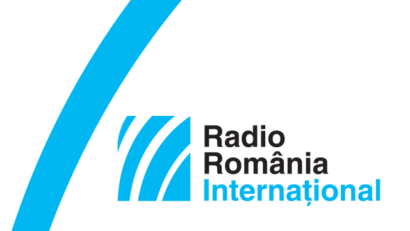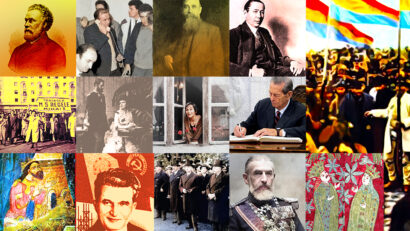Romania and the scholarships for developing countries
Scholarships for foreign students were part of Romania's foreign policy in the communist era.

Steliu Lambru, 06.11.2023, 14:00
After 1945, following the end of colonisation, new independent states emerged out of the former imperial colonies, bringing about a change in international relations. From Africa, Asia and Oceania, which together with Latin America formed what we today call the Global South, new state entities developed that represented the will of the new nations. They adopted both new development models as well as old practices which they had inherited. The new states were assisted in their development by both western states and Europes socialist countries, including Romania.
Located in a part of Europe that was occupied by Soviet troops after 1945, Romania had a political regime dominated exclusively by the communist party. The foreign relations of socialist Romania followed for more than ten years the guidelines of the Soviet Unions foreign policy. In the early 1960s, however, Romania began to pursue a more independent foreign policy, and one of its focuses was the Global South or the Third World, as it was known at the time. Apart from investments, these countries badly needed expertise, which could only be acquired in school. So the scholarships granted by the Romanian state were a form of both humanitarian assistance and aid for development. In a report drawn up by the foreign ministry in Bucharest in 1961, scholarships for foreign students were considered an efficient means of forging closer ties with their countries of origin. What the Romanian Communist Party had in mind was a form of cultural and education diplomacy to create a basis for future political relations.
The historian Ștefan Bosomitu studied the archives and discovered that such scholarships had been awarded from as early as the end of the 1940s:
“The scholarship scheme existed throughout the communist regime. The party also granted scholarships in the 1950s, but not a lot. The recipients were mainly party activists from liberation movements or members of so-called fraternal parties, many of whom were also refugees. There were many waves of refugees: from Greece as a result of the war there, and then those coming in as a result of the war in Korea, a trend that continued.”
After 1970s, socialist Romanias scholarship scheme also began to target Africa. Around 250 scholarships were available, based on requests submitted beforehand by the diplomatic offices of the developing countries in the Romanian capital. Ștefan Bosomitu says that not only university scholarships were important, although they accounted for the largest share:
“Apart from scholarships for university and post-university studies, Romania also granted scholarships for vocational training as part of high school education. Although the biggest share, 80-90% was made up by university scholarships, there were also these high school grants about which unfortunately very little is known. We have oral testimonies about the training received by young people from developing countries as part of 3-year vocational courses. In Moinești, for example, in an oil-rich region, the local industrial high school used to train young people from African countries to work on oil fields.”
The scholarships were a success and Romania earned some reputation in this regard. At the beginning of the scheme, the scholarships covered everything, the studies, the accommodation and some daily expenses. Later, the scholarships no longer covered the cost of the studies, which had to be paid by students. Even so, many foreign young people wanted to study here because of lower fees. In 1963, for example, there were around 1,000 foreign students in Romania, almost all of them on scholarships, but their number went up in the 1970s. The highest number was recorded in 1981, namely 20,000. They would pay for their studies in hard currency, mostly in dollars, and Romanias communist leader Nicolae Ceaușescu was a big supporter of the scheme in the context of the economic crisis of the 1980s and Romanias efforts to pay back its foreign debt.
But historians also noted the emergence of problems between Romanian and foreign students during the 1980s. Foreigners had better accommodation, had the right to hold foreign currency, had access to closed circuit shops or stores where to spend that currency, could travel, and were more successful with women. The crises even degenerated into fights between Romanians and foreigners. Ștefan Bosomitu also researched the testimonies of foreign students regarding their Romanian experience, and discovered that their perceptions were different from what the regime believed.
“Reading several testimonies, there is a tendency to somewhat idealize the past, everything is on a serene note. There are some testimonies, including some from African students, who say that people made fun of them for being black, especially when they went to the countryside, where people would cross themselves when they saw them. Beyond the official discourse and the openness that the regime sought to display, one of solidarity, Romanian society was very little prepared for everything that meant foreign.”
But overall the experiences of students from countries of the Global South in Romania before 1989 were positive. Every foreigner who studied for a few years in Romania has their own life story, and it must be perceived as it is told.






























